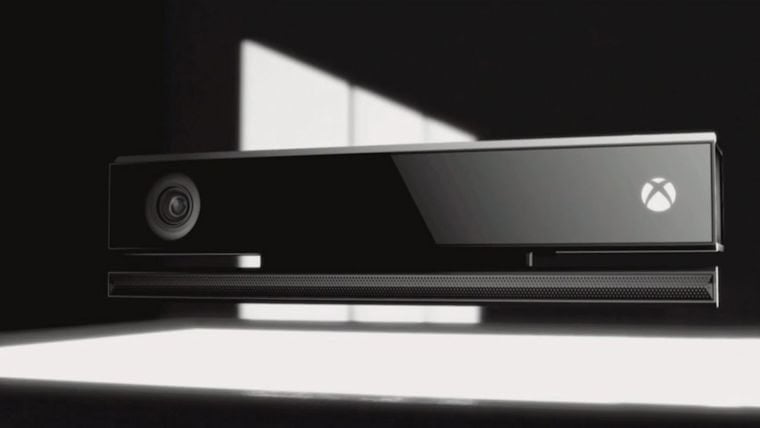

Selling an already leftfield game like Fantasia just got a little bit tougher. Games like Harmonix's Fantasia: Music Evolved are left hanging with this vote of no confidence from Microsoft. What about the unlucky developers already invested heavily in making Kinect 2.0 games? They began crafting titles with the promise of every system having the device a promise that’s now gone. This move by Microsoft goes deeper than its rivalry with Sony, and its relationship with players. Yes, gimmicky gesture controls have been added to early Xbox One games like Ryse and Dead Rising 3, but what is the killer app? Kinect Sports Rivals, which came six months after launch? Voice-controlling your TV with impressive, but not-quite-perfect accuracy? Having it sign you in when it sees your face? Though Microsoft has tried to spin Kinect as a crucial part of Xbox One, reality doesn't back up the narrative.

and Kinect doesn't have nearly enough of it.

So, why hasn't Kinect 2.0 been a success story for Xbox One? As history has shown again and again, it all comes down to software. Which is a shame-Kinect 2.0 is the one thing that truly separates the Xbox One from the PS4 (even if it's something most people didn't ask for in the first place). Even after the reversal on DRM, Microsoft held onto its plans for Kinect, which makes today’s news seem like a final admission that the experiment has failed. In August of last year, MS executive Phil Harrison responded to a question about possibly selling a Kinect-free bundle by saying, “ Xbox One is Kinect” (a quote that I’m sure he’ll enjoy being reminded of during dozens of future interviews). Microsoft’s sales pitch for the Xbox One centered on Kinect 2.0 being an integral component of the new hardware.


 0 kommentar(er)
0 kommentar(er)
